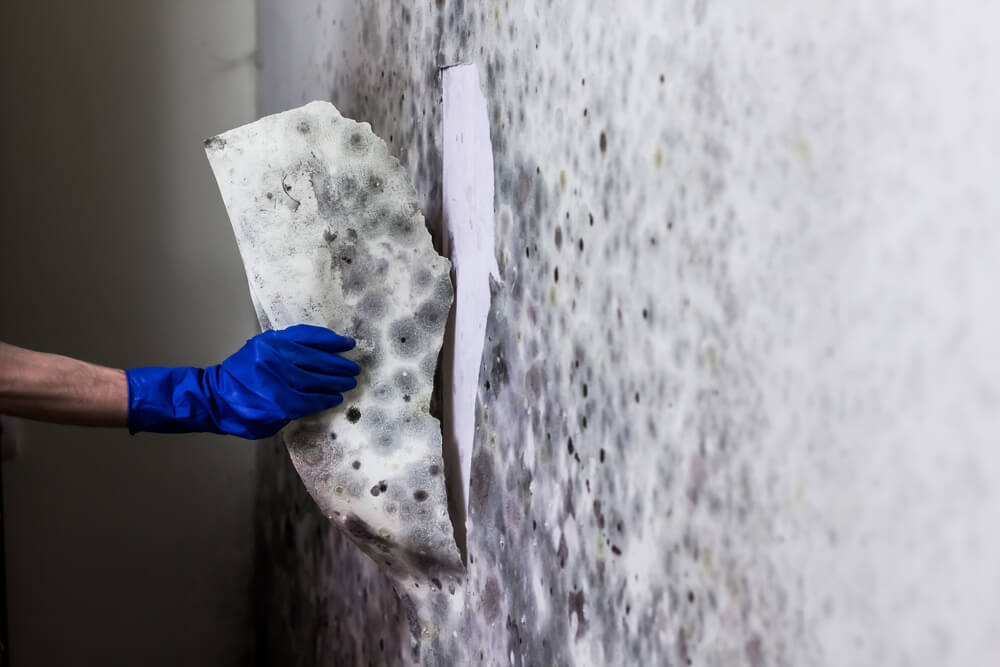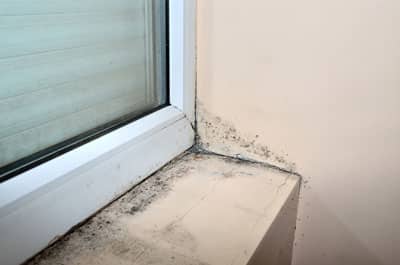Crafting a Comprehensive Post Mold Remediation Report
Crafting a Comprehensive Post Mold Remediation Report
Blog Article
Specialist Tips for Article Mold And Mildew Remediation Success
In the realm of mold remediation, successfully eradicating mold and mildew is only half the fight; the true challenge lies in stopping its reappearance. By sticking to expert pointers and best practices, people can safeguard their rooms versus mold and mildew renewal and keep a healthy and balanced indoor setting.
Display Humidity Levels On A Regular Basis
Regular monitoring of humidity levels is vital in making certain the performance of message mold remediation initiatives. After finishing mold removal treatments, keeping ideal humidity degrees is critical to avoid mold and mildew re-growth and make sure a healthy indoor environment. Surveillance humidity levels permits early detection of any kind of spikes or variations that might potentially bring about mold resurgence. High moisture levels over 60% produce a conducive setting for mold to grow, making normal keeping an eye on a proactive action to stop any kind of future mold concerns - After mold remediation.
Making use of hygrometers or dampness meters can aid in precisely gauging moisture degrees in various locations of the building. These tools offer real-time data that makes it possible for remediation experts to make informed decisions relating to air flow, dehumidification, and various other required activities to keep ideal humidity levels post-remediation. Furthermore, establishing a routine timetable for humidity checks, especially in high-risk locations such as cellars, restrooms, and kitchen areas, is a positive technique to mold and mildew avoidance. By consistently keeping an eye on moisture degrees, property proprietors can properly minimize the risk of mold reoccurrence and maintain a healthy and balanced interior setting post-remediation.
Conduct Thorough Inspections Post-Remediation
Adhering to the completion of mold and mildew removal procedures, it is important to perform extensive assessments to verify the effectiveness of the removal procedure. These post-remediation inspections are critical in ensuring that the mold and mildew issue has been effectively resolved and that there is no recurrence or staying mold development. Inspections should be brought out by certified specialists who have know-how in identifying mold and analyzing interior air quality.
During these inspections, different approaches such as aesthetic evaluations, air sampling, and surface tasting might be utilized to completely evaluate the remediated locations. Aesthetic assessments include a thorough evaluation of the premises to look for any visible signs of mold and mildew growth or water damages. Air tasting assists in figuring out the airborne mold and mildew spore degrees, while surface sampling can spot mold and mildew particles on surfaces.
Implement Proper Air Flow Approaches
After making sure the performance of the mold remediation procedure with complete evaluations, the following crucial step is to focus on carrying out appropriate air flow methods. Sufficient ventilation is essential in preventing mold reoccurrence by controlling wetness levels and promoting air flow.
Correct air flow not only aids in avoiding mold development yet additionally adds to the overall health and comfort of occupants. By guaranteeing ample ventilation throughout the property, you can reduce the danger of mold and mildew regrowth and create a healthier living atmosphere.

Usage Mold-Resistant Products for Fixes
To improve the long-term effectiveness of mold and mildew removal initiatives, integrating mold-resistant products for repair visit our website services is crucial in mitigating the danger of future mold development. Mold-resistant products are made to hold up against moisture and hinder mold and mildew growth, making them a crucial choice for locations vulnerable to moisture and moisture. When repairing areas affected by mold and mildew, making use of materials such as mold-resistant drywall, mold-resistant paints, and mold-resistant caulking can aid protect against mold reappearance.
Mold-resistant drywall is an exceptional choice to conventional drywall in areas like restrooms and basements where moisture levels are higher. When subjected to damp problems, this kind of drywall has a special layer that resists mold development also. Additionally, utilizing mold-resistant paints having antimicrobial representatives can further prevent mold and mildew growth on wall surfaces and ceilings.
In areas where wetness is typical, such as restrooms and kitchen areas, making use of mold-resistant caulking around tubs, sinks, and home windows can aid secure out water and stop mold and mildew from holding in splits and holes. By spending in these mold-resistant materials during repair work post-remediation, you can substantially minimize the chance of future mold and mildew concerns and keep a much healthier interior atmosphere.
Maintain Tidiness and Address Water Issues
Guaranteeing sanitation and without delay resolving water problems are index essential methods to maintain in protecting indoor spaces from mold and mildew reinfestation. After mold and mildew remediation, it is important to preserve a clean setting to avoid the regrowth of mold (Post Mold Remediation). Regular cleaning, cleaning, and vacuuming can assist get rid of any type of lingering mold and mildew spores and avoid them from working out and proliferating. Additionally, maintaining indoor rooms dry and dealing with any kind of water concerns promptly is crucial in mold avoidance. Leaks, water breach, or high humidity degrees can develop the perfect reproduction ground for mold, so it is crucial to deal with any type of water-related problems promptly.
To preserve tidiness, take into consideration using HEPA filters in vacuum cleaners and air purifiers to navigate to these guys trap mold and mildew spores and prevent their flow airborne. Ensuring correct ventilation in locations vulnerable to moisture build-up, such as cooking areas and shower rooms, can assist keep humidity levels in check. By staying watchful concerning cleanliness and attending to water problems immediately, you can successfully protect against mold and mildew reinfestation and preserve a healthy interior setting.
Verdict

In the realm of mold and mildew removal, effectively getting rid of mold is only half the battle; the real obstacle lies in preventing its reappearance. After finishing mold removal treatments, maintaining optimal humidity degrees is essential to stop mold and mildew re-growth and make certain a healthy indoor atmosphere. High moisture levels above 60% create a favorable atmosphere for mold and mildew to flourish, making normal monitoring a proactive step to stop any future mold and mildew concerns.
To enhance the lasting effectiveness of mold remediation initiatives, including mold-resistant products for repair services is vital in minimizing the threat of future mold development. After mold remediation, it is essential to preserve a tidy atmosphere to stop the regrowth of mold.
Report this page